45
Graft an apple tree
Grafting is an age-old horticultural technique whereby a young stem is pruned from a healthy, well-formed tree and attached to the roots of another tree using a small, sharp blade. The advantage of grafting is that it allows you to harness the particular qualities of both plant sections, joining them together to form one tree. When this process is applied to apple trees, the young stem wood (known as a ‘scion’) will dictate the variety of apple that is produced, while the root section (known as the ‘rootstock’) will dictate the vigour and size of the eventual tree. It is important that you select the right rootstock to suit your tree’s ultimate intended site. More information on apple grafting can be found in Sources.
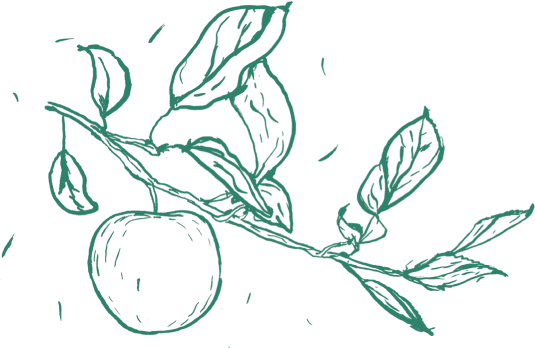
Rootstocks are graded according to the particular tree habit they will produce, ranging widely between dwarfing and vigorous growth, and can be purchased from online retailers. Scion wood can be cut from existing trees, selecting one-year-old stems from your favoured varieties. The stems should be collected in late autumn and stored in a bucket of damp sand until ready to be grafted in spring.

1. Select your rootstock and cut it to size, slicing roughly 30cm (12in) up from the roots. Make the cut below a bud.
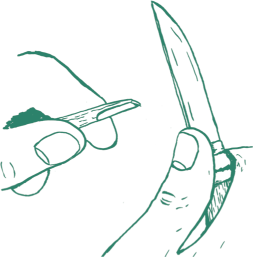
2. Cut a slope at the end of the rootstock, forming a thin wedge roughly 2cm (¾in) in length.
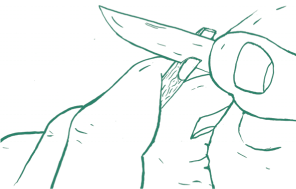
3. Now add a small ‘tongue’, making a short cut back in the opposite direction. Perform this cut from halfway down along the wedge of the previous cut. Press your thumbs together as you do this to avoid the knife slipping. You may wish to wear gloves for this exercise.
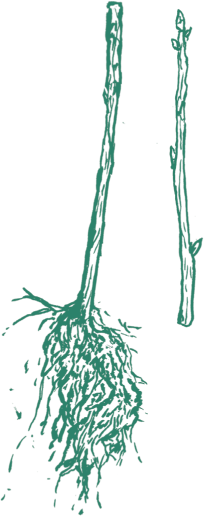
4. Take your scion wood selection and line the stems up against the rootstock one by one. Select a scion stem with a bottom diameter equal to that of the prepared rootstock tip.
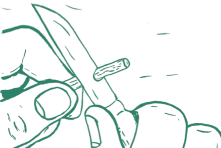
5. Holding the scion wood with the cut end uppermost, repeat the same two cuts as for the rootstock in steps 2 and 3, mirroring their size and shape.

6. Join the two pieces together, interlocking the ‘tongues’.
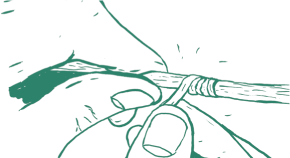
7. Wrap a rubber band around the connected stems, covering the join. Paint over the rubber band section with grafting wax. This is available at garden centres and online and helps to prevent infection from getting into the join.
8. Prune away the top of the scion wood leaving three or four buds above the graft, and plant it in a compost-filled pot. Keep your young tree in a sheltered spot, watering regularly and protecting it from any frost. Once the tree has begun sprouting strong new shoots, plant it out into well-cultivated soil during the dormant season.







